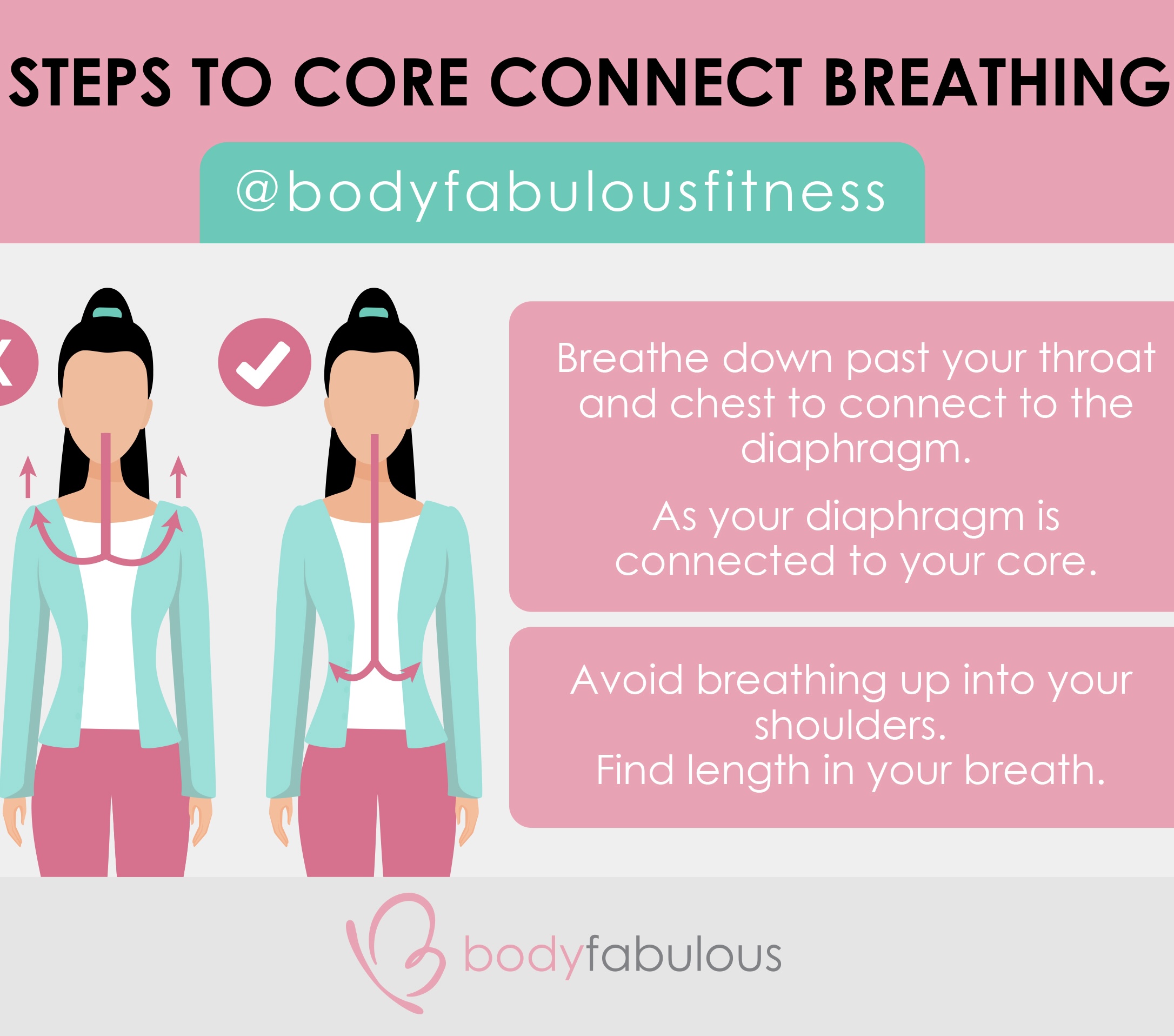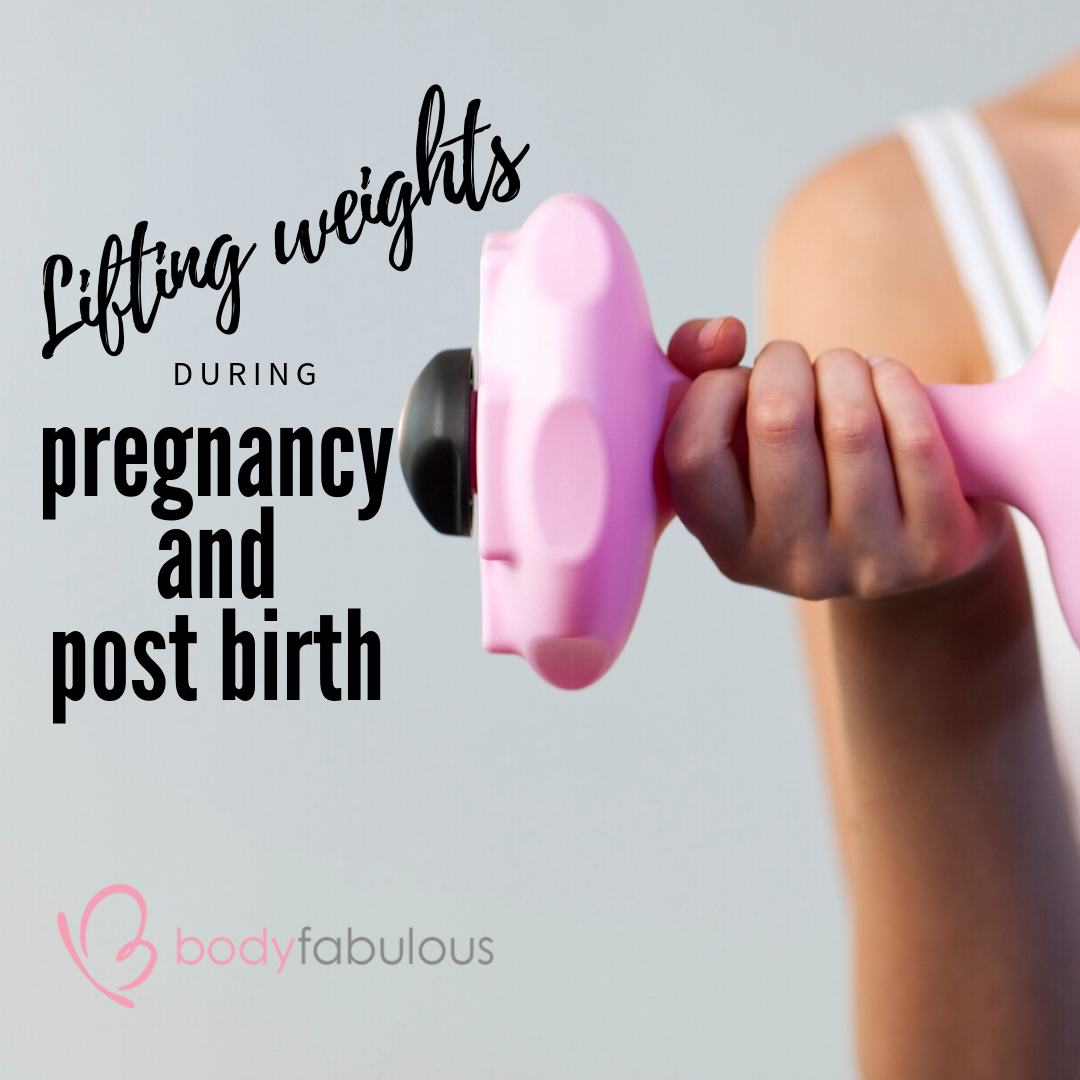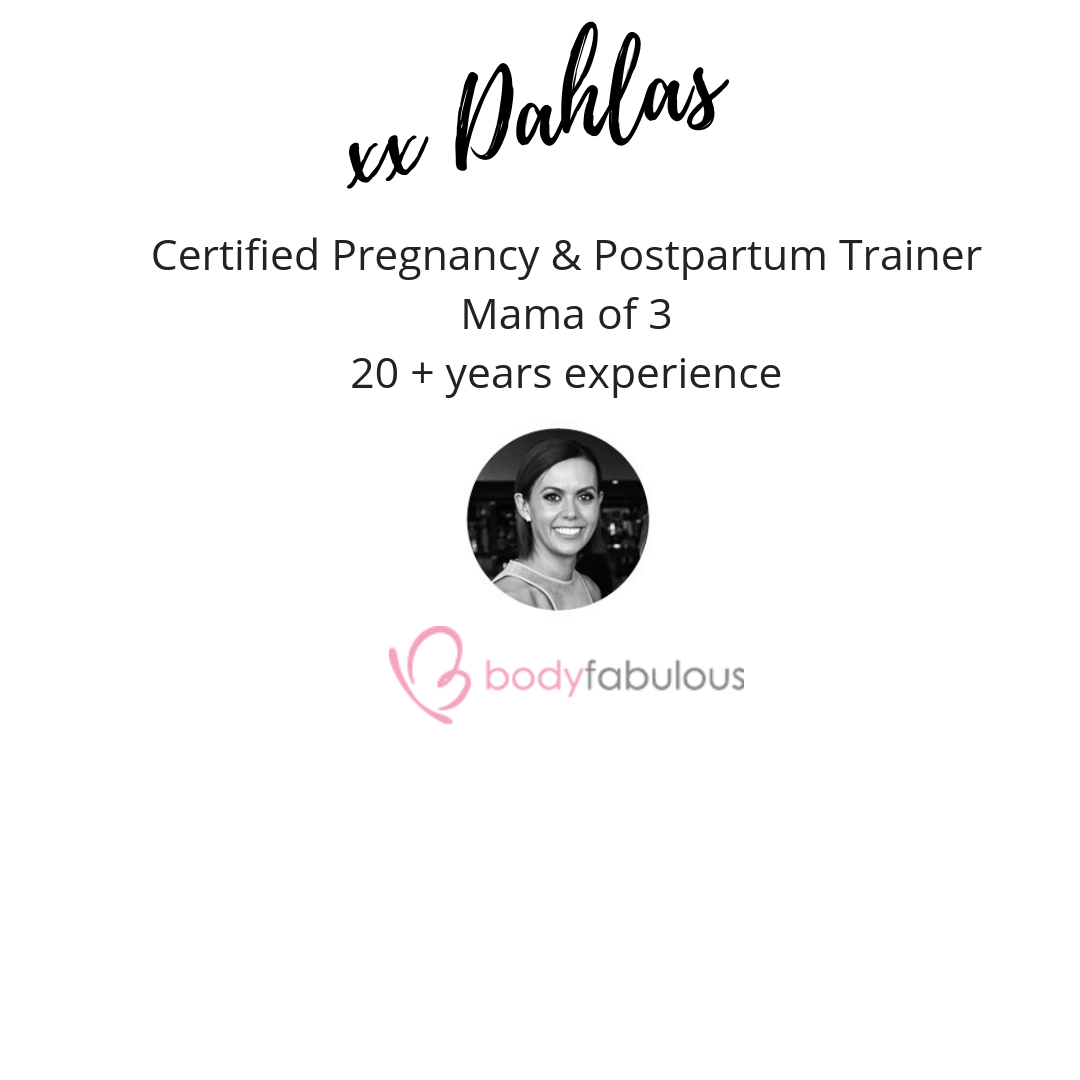It sounds simple, but breathing effectively is central to all the workouts I do with both my Pregnant and Post Natal clients. Every exercise has an ideal time to breathe in order to allow the abdominals, diaphragm, pelvic floor to work in synergy. There are both optimal and sub-optimal ways to breathe during workouts that can directly impact how you breathe during movement and birth. Breathing is also an important part of an effective postpartum recovery.
 If you can train your body to work well during well executed exercise routines in which it is under stress or tension (from load, resistance etc) your body will be much more likely to cope with the challenges of labour and early motherhood (including lifting prams, babies etc while you are still in recovery mode).
If you can train your body to work well during well executed exercise routines in which it is under stress or tension (from load, resistance etc) your body will be much more likely to cope with the challenges of labour and early motherhood (including lifting prams, babies etc while you are still in recovery mode).

Here are few tips …
Learn diaphragmatic or core breathing
If you can correctly utilize your diaphragm, you are going to cope much better with birth, as breathing is your body’s natural mechanism to reduce pain and stress. Inhale through the nose and visulize “sending” the breath down to the belly and pelvic floor ensuring your shoulders are relaxed and soft. Allow the breath to fill your belly and nourish your growing baby, then gently exhale through the mouth, letting the belly gently deflate like a balloon. Practice this daily sitting, in child’s pose or while you do your daily tasks – so it becomes second nature.
Grab your COMPLIMENTARY CORE BREATHING INFOGRAPHIC HERE

Exhale on Exertion is important
This means to breathe OUT during the hardest part of the exercise. For example as you rise during a squat, as you push up during a push up, as you raise your arms during a bicep curl, or as you lift a toddler from the floor – it is important to EXHALE. This exhalation will allow your abdominal muscles to best support your spine as well as correctly activate your pelvic floor – as your diaphragm is connected to your pelvic floor. A simply exhalation on exertion is going to avoid unnecessary intra-abdominal pressure which can strain your pelvic floor and contribute to a prolapse.
Want to learn more on how to do this ? Grab my FREE guide including videos to training your CORE during and after pregnancy.
Timing is everything !
If possible perform your movements in time with your breath. I achieve this by getting my clients to perform a slower squat (with our without weight) and have them inhale all the way down for a count of 4, then exhale all the way up for a count of 4. A simple exercise like this which is performed slower ensures the correct breathing pattern is achieved and remembered. It means when you are tired, rushed or under stress that your breathing will hopefully remain under control.
Learn more about my training strategies or BFABMETHOD here
Avoid breath holding
It is incredibly helpful to practice natural coping techniques for labour as well as an efficient pushing technique where you are able to EXHALE and NOT hold your breathe during the contraction. This ensures the pelvic floor relaxes and allows the uterus to do its job and naturally push your baby out. Holding your breath during a contraction is called “purple pushing” – it is not only inefficient but can cause and intense amount of internal pressure on the body leading to burst blood vessels, bloodshot eyes, hernias, inflammation and will increase your risk of pelvic organ prolapse. The same applies when you work out or if you lift anything inside or outside of the gym – please don’t hold your breath as it will contribute to these health issues.
Parasympathetic Nervous System – Vagus Nerve
The parasympathetic, or “rest and digest” system is a much slower system that moves along longer pathways. The parasympathetic response is responsible for controlling homeostasis, or the balance and maintenance of the body’s systems. It restores the body to a state of calm and counterbalance, and allows it to relax and repair.
Practicing diaphragmatic breathing will help you to switch off your “go button” and tap into your vagus nerve, which triggers the parasympathetic nervous system allowing you to completely RELAX. Something that many women find very hard to do ! However, without doing this you can end up with an over-active pelvic floor, which in turn can lead to pelvic floor dysfunction. Relaxation of the pelvic floor muscles is often counter-intuitive to many women who work out, but is MUST happen in order to efficiently push during birth and ensure you effectively heal post birth.
Tapping into your vagus nerve via core breathing also lowers cortisol levels and puts you a better fat burning mode – learn here why.
Learn Core Breath with a Certified Pregnancy / Women’s Fitness Trainer
 Please do your due dilligence and work with a Certified Pre/Post Natal Trainer or Women’s Health Physio who will help your body prepare for labour and encourage your body to do what it is designed to, I also highly recommend finding a quality Doula for labour support. Learning how to working with, rather than against the foundation of your core – the pelvic floor, will ensure you have a more efficient pushing period and possibly a faster birth plus a much better recovery post natural or c-section birth.
Please do your due dilligence and work with a Certified Pre/Post Natal Trainer or Women’s Health Physio who will help your body prepare for labour and encourage your body to do what it is designed to, I also highly recommend finding a quality Doula for labour support. Learning how to working with, rather than against the foundation of your core – the pelvic floor, will ensure you have a more efficient pushing period and possibly a faster birth plus a much better recovery post natural or c-section birth.
Learn more about my BFABMETHOD and breathing your way to a better core here.
Got any questions ? Join the conversation over on my Facebook Group #BFABSQUAD
I look forward to connecting with you

About Dahlas
Dahlas Fletcher is one of Australia’s most respected and successful certified and experienced Pregnancy and Female Fitness Trainers. Her goal is to help you be the happiest, most fabulous version of yourself, inside and out.





